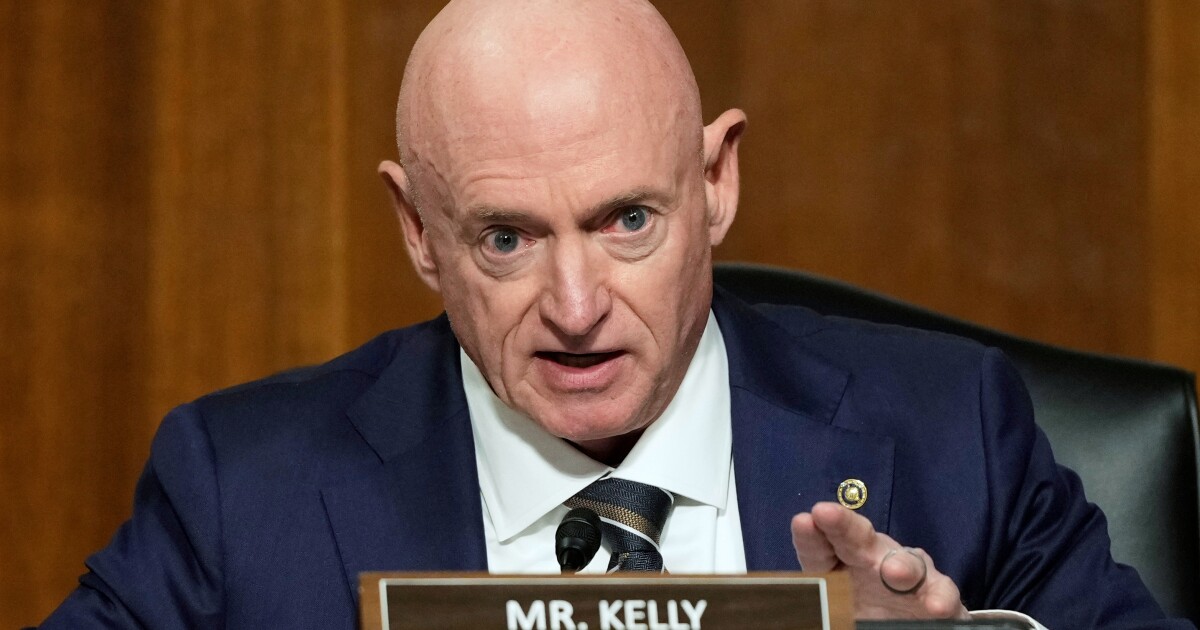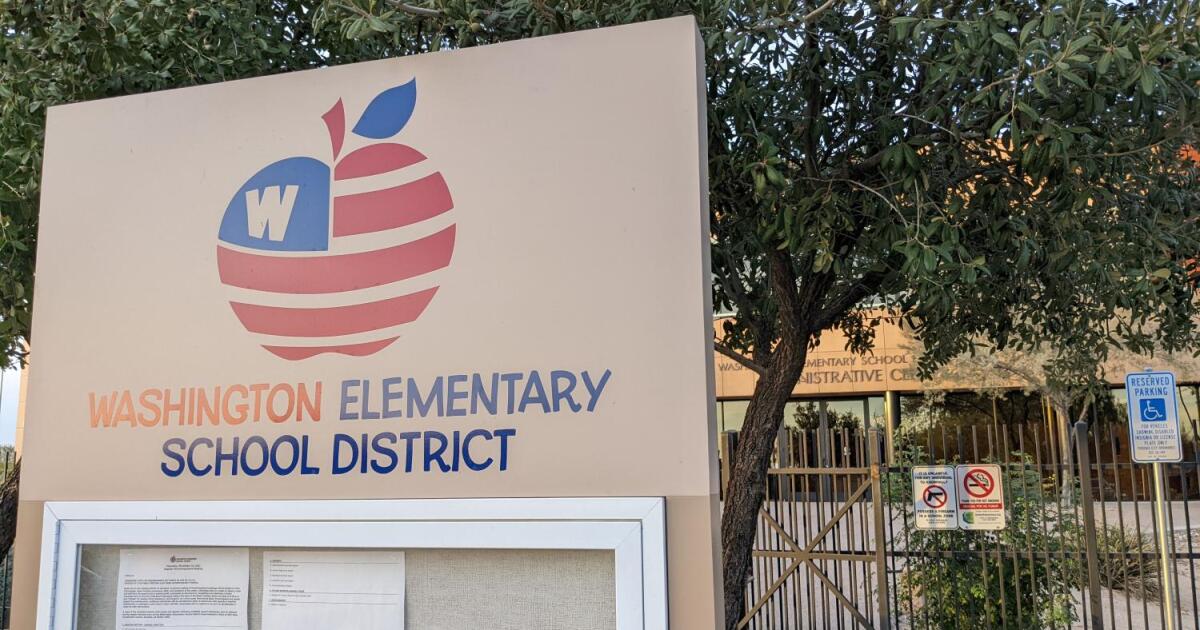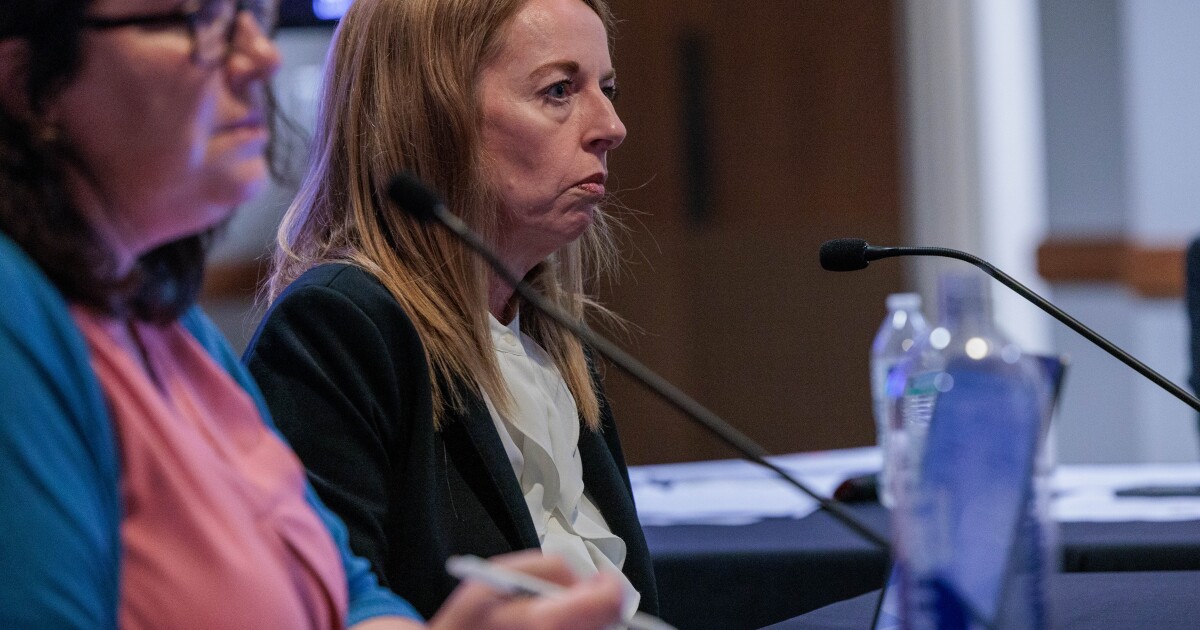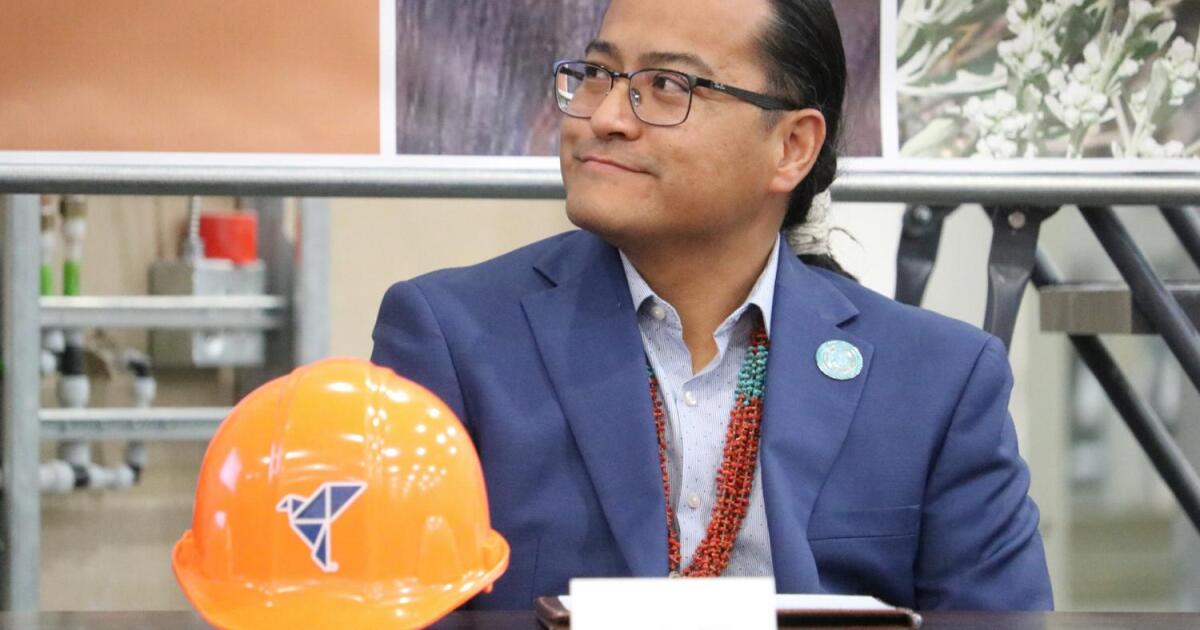Overdose Prevention Funding Faces Delays and Uncertainty
The White House recently announced changes to the funding schedule for a crucial program aimed at preventing fentanyl overdoses, sparking concerns about potential disruptions. While assurances have been made that the program will be fully funded, the new approach involves distributing funds incrementally rather than as a single annual payment.
The Overdose Data To Action (OD2A) initiative, managed by the Centers for Disease Control and Prevention (CDC), has been the focus of these changes. This announcement comes in response to worries raised by CDC staff and reported by NPR. The staff members, speaking anonymously due to fears of repercussions, expressed apprehension about the possibility of funding delays or reductions, especially past a critical deadline of September 1, when the current funding cycle ends.
One CDC staffer noted, “The announcement [of delays] alone could trigger layoffs and program shutdowns. It could really start a chain reaction that’s hard to come back from.”
In response, White House spokesman Kush Desai reassured that the OD2A program remains a priority, stating that funds “will continue to be disbursed in increments.” Similarly, the Department of Health and Human Services emphasized the CDC’s commitment to this funding, highlighting its alignment with the administration’s priorities.
However, internal sources at the CDC remain uncertain about how public health initiatives across the country will manage operations, including hiring and service contracts, with only partial funding secured. “A verbal commitment is not a contractual commitment,” remarked another CDC staffer, pointing out the opaque nature of the administration’s grant review and approval processes.
Concerns extend to the execution of these incremental disbursements, with no clear timeline provided for when the remaining $140 million will be allocated. The shift away from a lump-sum funding model has left state and local health departments in a difficult position, unable to rely on promises alone. “All any state or local health department can spend is what’s in their bank account. IOUs don’t work in the public health world,” said a second CDC staffer.
Despite these issues, the White House encourages trust in the administration’s commitment to tackling the fentanyl crisis, a key element of President Trump’s agenda. Desai highlighted efforts such as border security enhancements, targeting drug cartels, and the recent signing of the HALT Fentanyl Act.
Nonetheless, trust has eroded among many state and local health officials following recent decisions to retract COVID-19 grants and withhold other public health funds without explanation. The sudden funding changes for the OD2A grants have left public health officials, such as those in Vermont, grappling with uncertainty and forced to halt spending until further clarity is provided.
Internally, the CDC is also challenged by the lack of systems to manage incremental funding effectively, adding another layer of complexity to an already strained process. “Unfortunately the federal government is not nimble,” a CDC staffer acknowledged. “We will put out the money we have and [state and local public health departments] will have to do what they can.”
—
Read More Michigan News










